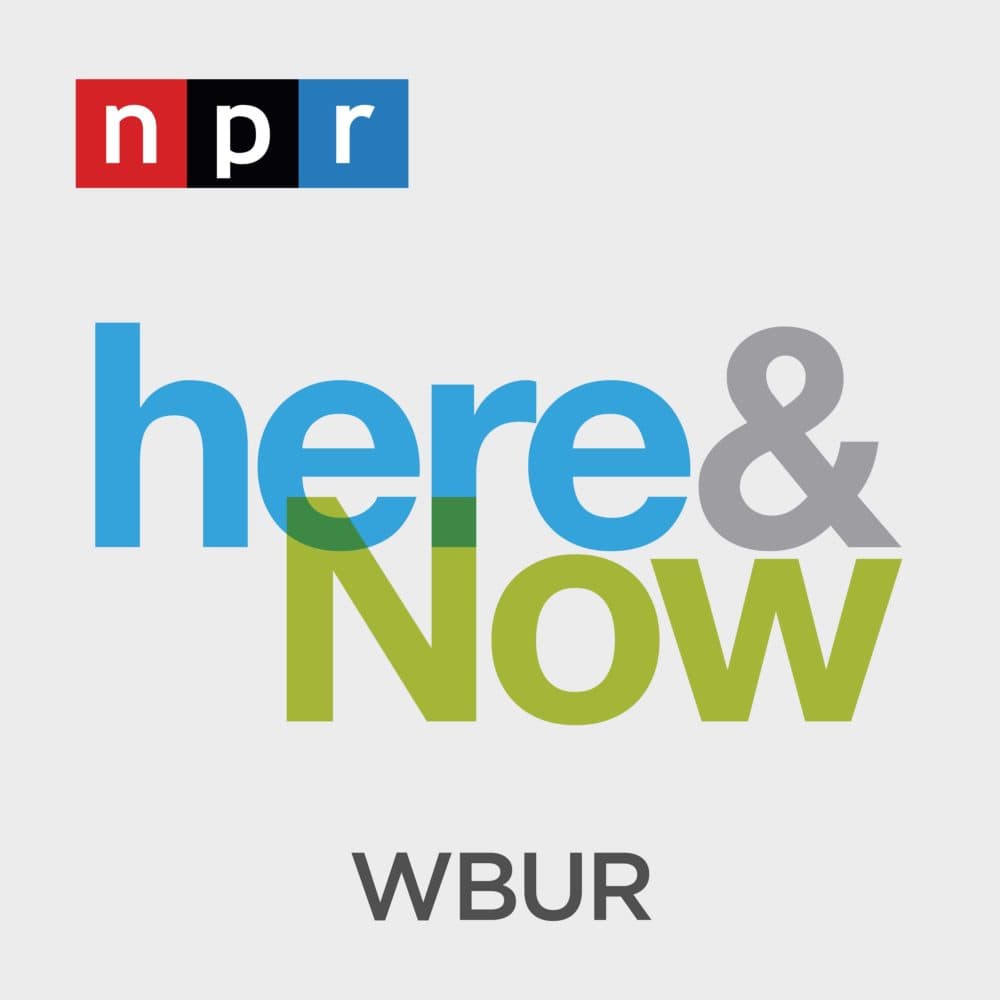Green Budgets in Limbo: Trump's Funding Freeze Threatens Environmental Progress

Critical community improvement projects are grinding to a halt as the Trump administration unexpectedly halts previously approved congressional funding. These vital initiatives—ranging from removing toxic lead paint and pipes to revitalizing contaminated urban landscapes and bringing clean solar energy to underserved neighborhoods—now hang in limbo.
Low-income communities stand to suffer the most from this sudden funding freeze. Projects designed to address long-standing environmental hazards and infrastructure challenges are being abruptly suspended, potentially leaving vulnerable populations at continued risk. Lead contamination, which can cause severe health problems, particularly in children, may persist in aging buildings and water systems.
The funding stoppage represents more than just a bureaucratic delay; it's a direct impediment to community health, environmental justice, and sustainable urban development. Solar panel installations that promised to reduce energy costs and carbon emissions for struggling neighborhoods are now uncertain, further highlighting the broader impact of this administrative decision.
Congress had originally allocated these funds with the specific intent of supporting critical community improvements, making the administration's funding freeze a direct challenge to legislative intent and local community needs.
